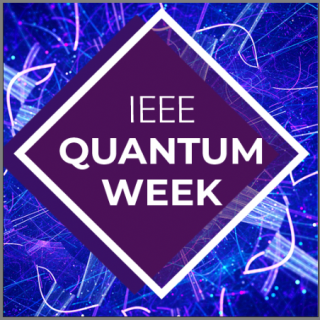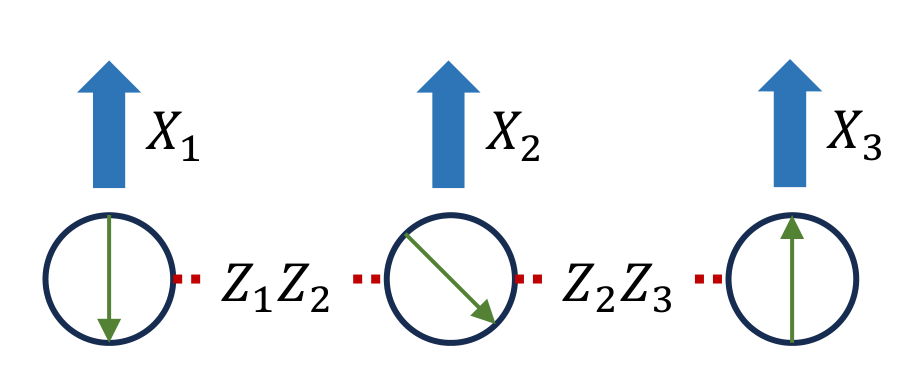SimuQ is a domain-specific language designed for quantum simulation problem on near-term quantum devices. SimuQ aims to reduce domain barriers in simulating Hamiltonian evolution on real quantum devices for users with minimal physics knowledge. We provide an open-source Python implementation of SimuQ, and a solver-based compilation framework generating pulse-level control code for multiple platforms of quantum devices include IBM’s Qiskit Pulse for superconducting transmon qubit devices, QuEra’s Bloqade for neutral atom arrays, and quantum circuits for other general machines.
SimuQ Framework
The framework of SimuQ contains:
- Target system programmed by front-end users via Hamiltonian Modeling Language.
- Abstract analog instruction set (AAIS) of the programmable analog devices programmed by hardware developers via AAIS Specification Language (supporting multiple platforms).
- SimuQ compiler generates pulse schedules from the programmed target system and AAIS.

Supported Backends
We currently support the following backends:
- Rydberg atom arrays: Bloqade and QuEra’s machines via Amazon Braket.
- Superconducting transmon qubit systems: Qiskit Pulse for IBM machines.
- Quantum circuits: Qiskit and Amazon Braket.
These backends can be accessed through different providers in SimuQ, with details presented in Tutorial. Additionally, we support a translation to QuTiP, and classical simulations of quantum systems programmed in SimuQ is integrated into our QuTiPProvider.
An illustration of SimuQ capability:
Documentation
For full instructions, please check Documentation.
Citations
If you are using SimuQ in your work, please cite our arXiv paper :
@article{peng2023simuq,
title = {SimuQ: A Domain-Specific Language for Quantum Simulation with Analog Compilation}
author = {Peng, Yuxiang and Young, Jacob and Liu, Pengyu and Wu, Xiaodi},
journal = {arXiv preprint arXiv:2303.02775},
year = {2023},
month = mar,
}
Acknowledgements
We thank all the contributors. This project was partially funded by the U.S. Department of Energy, Office of Science, Office of Advanced Scientific Computing Research, Quantum Testbed Pathfinder Program under Award Number DE-SC0019040, Air Force Office of Scientific Research under award number FA9550-21-1-0209, and the U.S. National Science Foundation grant CCF-1942837 (CAREER). This research used resources of the Oak Ridge Leadership Computing Facility, which is a DOE Office of Science User Facility supported under Contract DE-AC05-00OR22725.


